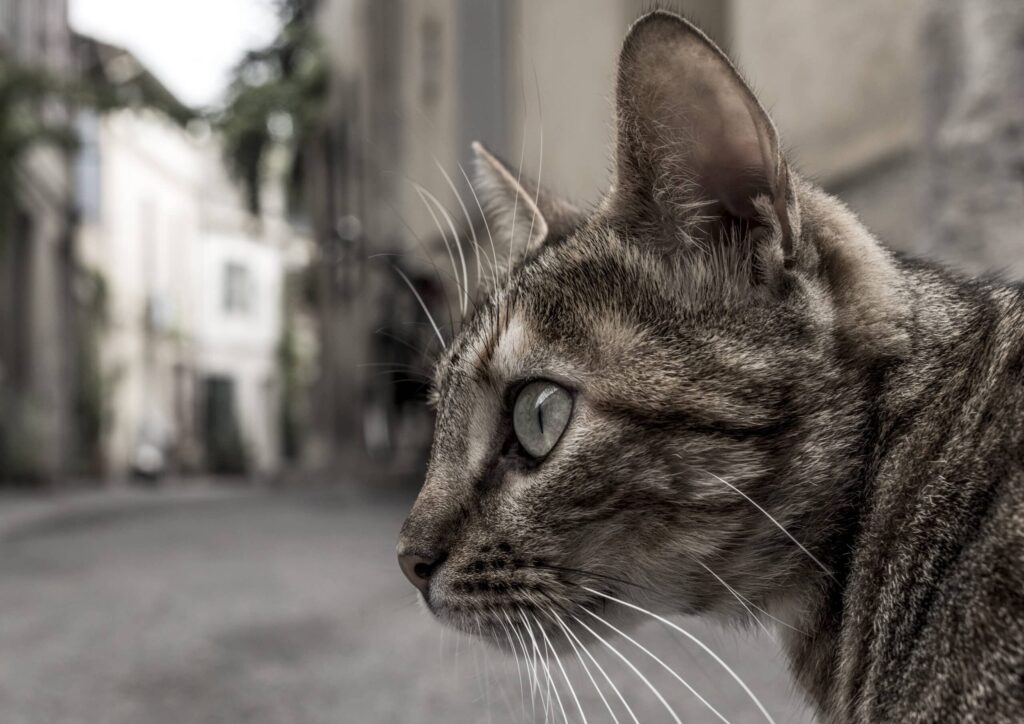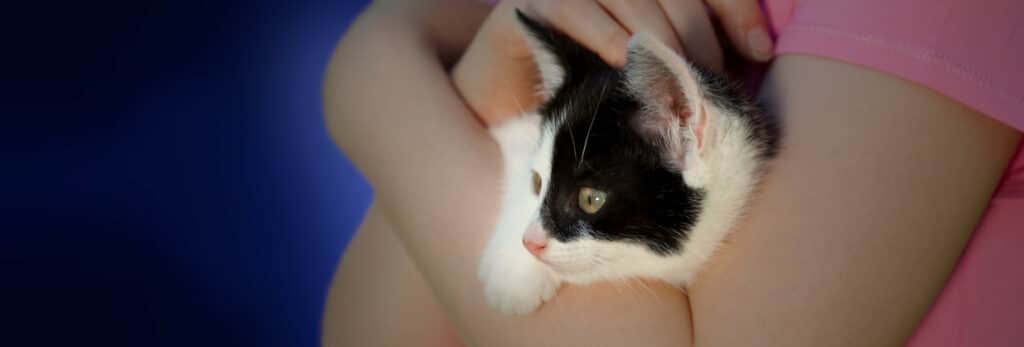
Birth control for cats
Controlling a feral cat population is a major challenge in many countries. Could birth control for cats be the solution?
Feral cats have long posed a challenge when it comes to population control. With their numbers steadily growing and their impact on local ecosystems increasing, creative solutions are imperative.
We now have the technology to control feral cat populations using birth control delivered via cat food has been tested. It’s found to be effective for up to two years.
This intriguing concept aims to tackle the issue at its root by limiting reproduction, but it also raises ethical and practical questions that warrant careful consideration. As always, with technology like this, just because we can doesn’t mean we should.
Suffering
Any effort to reduce the population of a feral cat colony should seek to reduce animal suffering.
Ethics
Interfering with an animal’s reproductive system might have unknown adverse health effects.
Community
Reducing the feral cat population will likely fail without local agreement and cooperation.
In Favor of Birth Control for Cats
The case supporting the idea of birth control for cats usually builds on a desire to protect native species from cat predation. This is especially important in parts of the world where cats face insufficient predation to keep their own population in check.
Population Control
Feral cat populations can multiply rapidly, leading to overcrowding and competition for resources. By incorporating birth control agents into cat food, we could significantly reduce the number of new litters, thereby curbing population growth over time.
Environmental Preservation
Feral cats often prey on native wildlife, threatening local ecosystems. A decline in their numbers could help protect vulnerable species and restore environmental balance.
Reduced Suffering
Feral cats endure harsh living conditions and face numerous threats, including disease, hunger, and accidents. Limiting their reproduction could ultimately lead to decreased suffering among these animals.
Cost-Efficiency
Traditional feral cat population control methods, such as trap-neuter-return (TNR) programs, can be costly and resource-intensive. Adding birth control to food could provide a more affordable long-term solution.
Against Birth Control for Cats
The case against birth control for cats focuses on previous human interference in natural processes and ethical concerns about the resulting impact. There. is always the chance that our interference produces even less favorable outcomes than doing nothing.
Ethical Considerations
Manipulating an animal’s reproductive system raises ethical concerns. Some argue that interfering with nature in this manner is unnatural and unethical, potentially compromising the cats’ overall health and well-being.
Unintended Consequences
The long-term effects of adding birth control to cat food on the cats’ health, behavior, and ecosystem dynamics are uncertain. We must carefully evaluate potential unintended consequences before implementing such a strategy on a large scale.
Feasibility and Acceptance
Developing a practical method to incorporate birth control into cat food is no small feat. Additionally, convincing feral cat caretakers and the public to embrace this approach may prove challenging due to the perceived risks and ethical dilemmas.
Resilience and Adaptability
Feral cat populations are known for their adaptability. If birth control agents are introduced, there is a possibility that some cats could develop resistance, rendering the method less effective over time.
The Holistic View
Rather than relying solely on adding birth control to cat food, a comprehensive approach to feral cat management is essential. This could include a combination of strategies such as Trap Neuter Release (TNR) programs, public education, habitat preservation, and collaboration between animal welfare organizations and local communities.
Adopting a multifaceted approach addresses the feral cat issue from various angles and achieves more sustainable outcomes.
Summing Up Birth Control for Cats
The idea of adding birth control to cat food is undeniably intriguing, as it proposes a unique way to manage feral cat populations and mitigate their impact on the environment.
The ethical concerns, potential unintended consequences, and challenges in implementation cannot be ignored. Before moving forward, rigorous research and careful consideration of all aspects are crucial.
Ultimately, finding a balance between our desire to control feral cat populations and our responsibility to respect and protect animal welfare will be key in determining the viability of this innovative approach.












